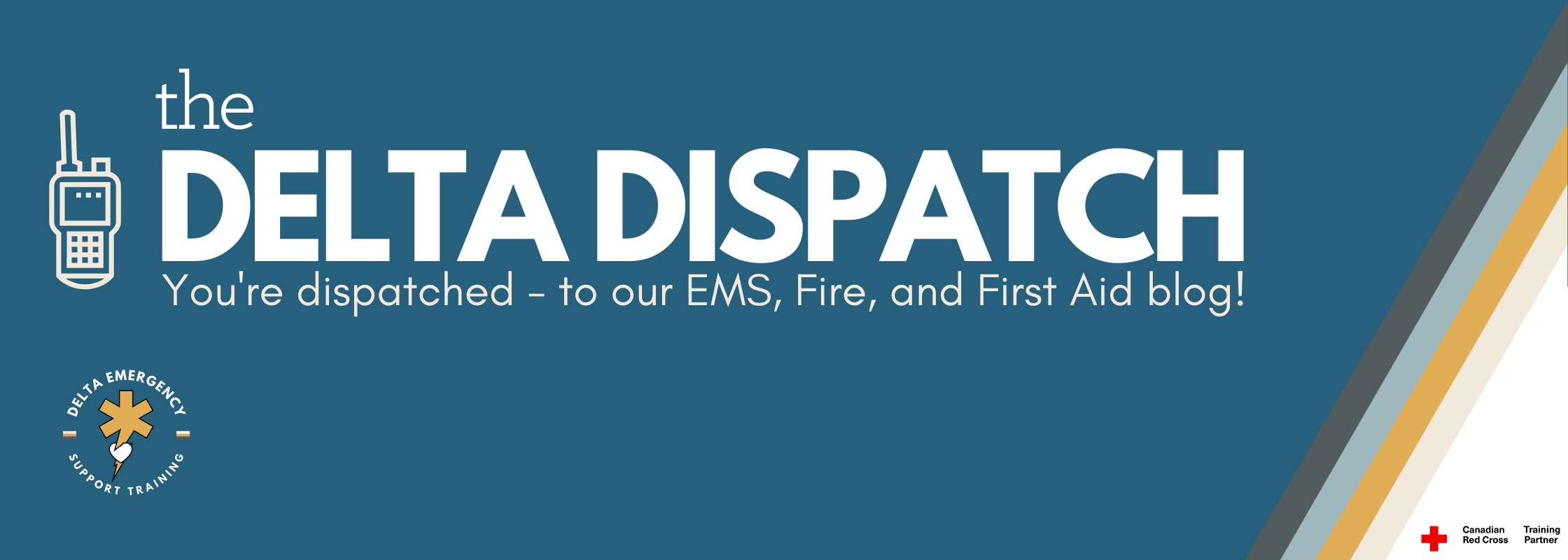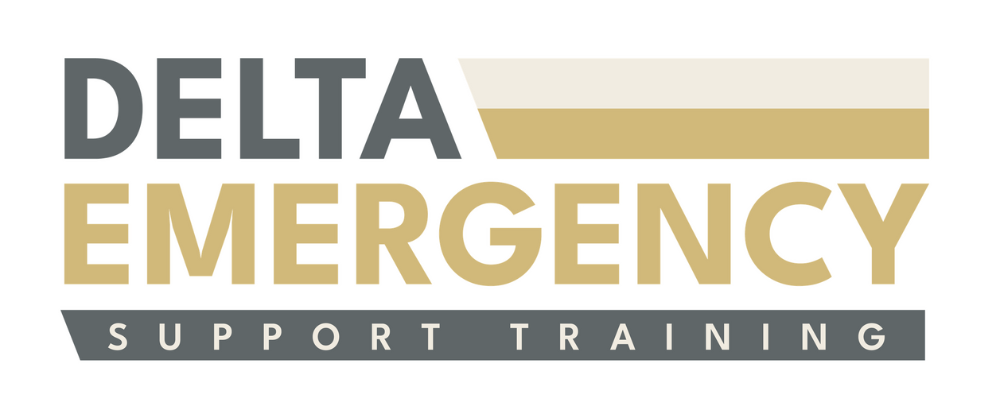Festival First Aid: How Fun Can Turn Dangerous Fast
/Summer festivals, concerts, and community events are some of the best ways to make memories — music, food, friends, and fun. But in the excitement of large crowds, it’s easy to forget that these environments can also pose unique safety risks. Medical emergencies at festivals can be more complicated than in everyday life: response times may be slower, exits can be blocked, and environmental factors like heat or alcohol can make situations worse.
The good news? With a little preparation and basic first aid know-how, you can help ensure the only thing you remember about your festival experience is the music — not the medical emergency.
Common Emergencies at Festivals
Large events come with specific risks. Some of the most common include:
Dehydration & Heat Illness – Long hours in the sun, dancing, alcohol, and limited shade create the perfect storm for dehydration, heat exhaustion, and heatstroke.
Crowd-Related Injuries – Falls, trampling, or being crushed in tightly packed spaces are real dangers, especially near main stages.
Alcohol & Substance Issues – Overuse can lead to fainting, confusion, altered consciousness, or overdose.
Minor Injuries – Blisters, sprains, burns (from fireworks, cooking, or campfires), and small cuts are common in outdoor environments.
Hearing Problems – Standing near speakers without protection can cause permanent hearing loss.
Prevention Is the Best First Aid
The easiest emergency to treat is the one that never happens. A few simple precautions can make all the difference:
Hydrate regularly — alternate alcohol or energy drinks with water.
Dress smart — sunscreen, hats, breathable clothing, and proper shoes.
Have a plan — choose a meeting spot in case you and your group get separated.
Locate safety resources — know where the exits and first aid tents are before you need them.
Pace yourself — festivals often last hours (or days). Take breaks, eat, and rest when you can.
Quick First Aid Tips You Should Know
If something does happen, here are a few ways you can help until professionals arrive:
Heat Emergencies → Move the person to shade, loosen tight clothing, offer small sips of water, and cool them with damp cloths.
Fainting → Lay the person flat, elevate their legs, and give them space to recover.
Bleeding → Apply firm, direct pressure with a clean cloth or bandage until bleeding slows.
Sprains → Rest the injury, apply ice if available, and use compression if you can.
Possible Overdose → Place the person on their side in the recovery position, monitor breathing, and get medical help immediately.
Crowd Safety: Protecting Yourself and Others
Being aware of your surroundings in large groups is just as important as knowing first aid.
Avoid being in the middle of dense crowds, stick to the sides for quicker exits.
Keep your phone charged and bring a portable battery pack.
Wear earplugs designed for concerts to prevent hearing damage.
Stay calm and move diagonally if you need to exit a packed area.
Trust your instincts — if a situation feels unsafe, leave early.
When to Call for Help
Never hesitate to seek professional medical attention at a festival. Call for help or alert staff if:
Someone is unconscious, seizing, or not breathing.
Severe bleeding doesn’t stop with direct pressure after 10 minutes.
You suspect heatstroke, heart attack, or overdose.
A person is in danger due to the density or movement of a crowd.
Final Note: Be Prepared Before You Go
Festivals are about fun, freedom, and community but staying safe should always be part of the plan. The best way to feel confident in a crowd is to know you’re prepared to help, not just yourself but others too.
Taking a First Aid or CPR course before attending major events is one of the smartest investments you can make. You never know when you might be the difference between a minor scare and a life-saving moment.




